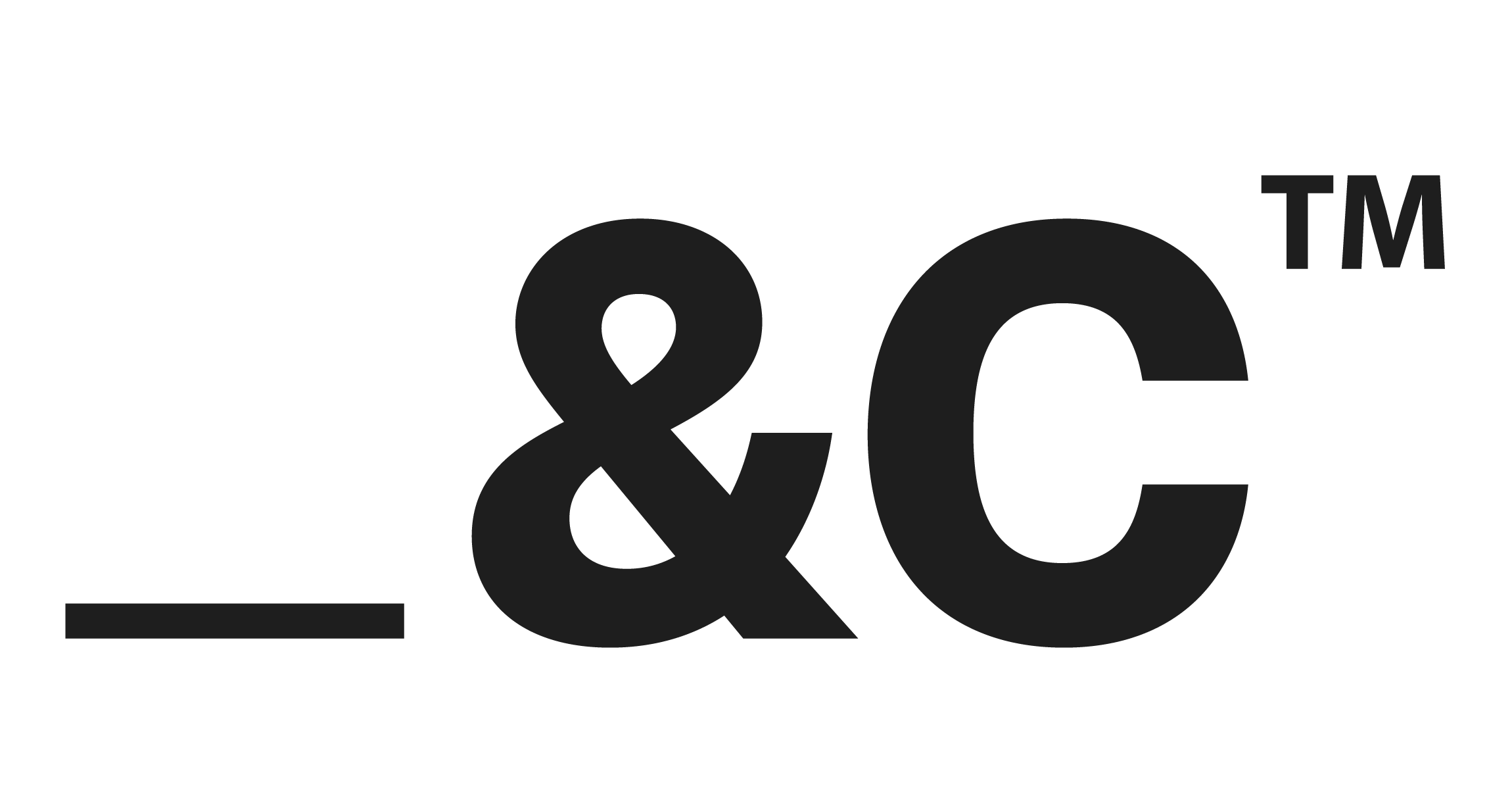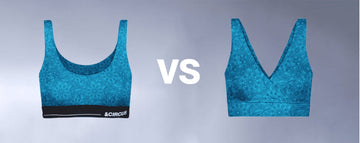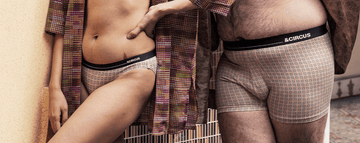It's a quiet revolution, unfolding one breathable seam at a time. In dressing rooms and online carts, shoppers are no longer just asking if their underwear looks good they're demanding it feels good, too. Comfort, once a secondary consideration to style or price, has surged to the forefront of what defines great innerwear. This shift isn't just a trend; it's a seismic change in how we choose the garments closest to our skin, driven by a new language of “comfort metrics” that's reshaping the $99.57 billion global underwear market.
Uncomfortable underwear shouldn't steal your confidence. At Andcircus, we craft ultra-soft, sustainable Lenzing Modal Micro® innerwear for every body, XS to 5XL. From briefs to bras, our custom packs fit you perfectly. Shop risk-free with our 100% satisfaction guarantee and embrace comfort that includes everyone. #LoveEveryBody. Shop Now!
Comfort Takes Center Stage
The pandemic flipped a switch. Confined to homes, people traded stiff jeans for sweatpants and began questioning why their underwear couldn't feel just as liberating. This wasn't about ditching structure for shapelessness but about expecting more from the basics. According to a 2025 report from Mordor Intelligence, the global underwear market is projected to hit $128.64 billion by 2030, growing at a 5.26% CAGR, fueled by e-commerce, athleisure's rise, and fabric innovations. Consumers now want garments that move seamlessly from yoga to Zoom calls, blending function with a kind of effortless cool.
Enter “comfort metrics” a term that sounds clinical but feels deeply personal. These are measurable benchmarks like breathability, stretchability, and moisture management that brands are using to quantify what used to be subjective. It's no longer enough to slap “comfy” on a label. Shoppers want data: How much does this fabric wick sweat? How well does it stretch without sagging? The answers are reshaping not just products but entire brand identities.
Engineering the Perfect Fit
Behind these metrics lies a wave of tech-driven innovation. Brands are leaning on 3D body scanning and motion simulation to design underwear that molds to real bodies, not idealized mannequins. Biometric testing tracks how fabrics perform under stress whether it's a sprint or a long day at a desk. Moisture-wicking yarns, a staple in sports underwear valued at $11.3 billion in 2023 and projected to reach $30.59 billion by 2032, per Introspective Market Research, keep sweat at bay, reducing chafing and irritation. Seamless knitting, highlighted in reports from Transparency Market Research, eliminates bulky seams, creating a second-skin feel that's as functional as it is invisible.
Consumers aren't just passively accepting these advances they're driving them. Social media platforms like X buzz with posts from users sharing fit feedback, praising brands that deliver on stretch or calling out those that don't. This real-time dialogue has pushed direct-to-consumer (D2C) labels to obsess over return rates and customer reviews, tweaking designs based on data from actual wearers. It's a feedback loop that's as relentless as it is revealing.
Brands Leading the Charge
Some companies are turning comfort into a calling card. Take sustainable brands blending micromodal or TENCEL™ with elastane fabrics that feel like a whisper against the skin yet hold their shape through a full day's chaos. These materials, celebrated for their breathability and eco-friendly credentials, are winning over shoppers who want sustainability without sacrificing softness. One D2C brand, for instance, uses customer surveys to fine-tune its bra designs, reducing pinch points and boosting support based on thousands of real-world wear tests.
Influencers play a role, too, turning wear-testing into a form of social proof. On platforms like X, fitness bloggers and everyday users alike share videos of themselves moving in sports bras or boxer briefs, praising moisture-wicking fabrics that don't cling during a sweaty workout. Gender-inclusive lines are also gaining traction, with brands designing underwear that prioritizes universal comfort over rigid categories, catering to a broader spectrum of bodies and needs. It's not just about fit it's about feeling seen.
The Tricky Balance of Comfort and Style
Comfort sounds simple, but it's a slippery beast. What feels heavenly to one person might chafe another. Standardizing metrics like stretchability or breathability is no small feat when bodies and preferences vary so widely. Brands face the added challenge of making functional underwear look desirable nobody wants to feel like they're wearing a medical device. Yet, as the Metastat Insight report notes, the women's underwear market thrives on balancing beauty and utility, offering everything from everyday bras to specialized maternity and sports options.
Then there's the cost. Developing premium fabrics or investing in R&D for 3D fit modeling isn't cheap, and those expenses often trickle down to consumers. A single seamless sports bra can retail for $60 or more, a price that sparks debate on X about whether “comfort” is worth the premium. Add to that the skepticism around marketing buzzwords terms like “buttery soft” or “all-day comfort” can ring hollow without hard data to back them up. Brands that publish their comfort metrics, like moisture-wicking rates or stretch recovery percentages, are finding a competitive edge by cutting through the noise.
A Market Poised for Growth
For brands that get it right, the rewards are substantial. Transparent comfort benchmarks can slash return rates, which hover around 20-30% for online apparel purchases. Better fit means happier customers, and happier customers mean loyalty. AI-assisted design is speeding up this process, allowing brands to predict how a new fabric or cut will perform before it hits production. Some are even expanding into adjacent categories think maternity wear that cradles without constricting or sleepwear that regulates temperature for restless nights.
The numbers back this up. The seamless underwear market, as detailed by Transparency Market Research, is carving out a growing niche, with demand for minimalist, high-performance designs surging. Meanwhile, the blending of athleisure with intimate wear, as noted by Mordor Intelligence, points to a future where versatility is king. Brands that can nail comfort without compromising on style or sustainability are poised to dominate.
A Promise Woven into Every Seam
Comfort isn't just a feature anymore it's a pact between brands and consumers. In an era of conscious consumption, where every purchase is weighed for its ethical and environmental impact, innerwear is becoming a proving ground for innovation. Industry experts see a future where comfort metrics could evolve into certifications, much like organic labels or fair-trade stamps, giving shoppers a clear standard to trust. For now, the race is on to design underwear that doesn't just fit the body but fits the life it's lived in whether that's a marathon, a meeting, or a moment of quiet at home.
As the market surges toward $128.64 billion by 2030, one thing is clear: comfort is no longer a luxury. It's the baseline, the non-negotiable foundation of what we wear closest to our skin. And in that subtle, intimate space, it's not just about feeling good it's about feeling like yourself.
Frequently Asked Questions
What are comfort metrics in underwear and why do they matter?
Comfort metrics are measurable benchmarks like breathability, stretchability, and moisture management that quantify underwear performance beyond subjective "comfy" labels. These data-driven standards help consumers make informed choices based on how fabrics actually perform under stress, whether during workouts or long workdays. As the $99.57 billion global underwear market evolves, brands are using these metrics to create garments that move seamlessly from yoga to Zoom calls.
How is technology changing underwear design and fit?
Modern underwear brands use 3D body scanning, motion simulation, and biometric testing to design garments that mold to real bodies rather than idealized mannequins. These technologies track fabric performance under stress and enable features like seamless knitting for a second-skin feel. AI-assisted design even allows brands to predict how new fabrics will perform before production, reducing return rates and improving customer satisfaction.
Why is seamless underwear becoming more popular?
Seamless underwear eliminates bulky seams that can cause chafing and create visible lines, offering a second-skin feel that's both functional and invisible under clothing. The seamless underwear market is experiencing growing demand for minimalist, high-performance designs that blend comfort with versatility. This trend aligns with the rise of athleisure and consumer's desire for underwear that performs well in multiple settings without compromising style.
Disclaimer: The above helpful resources content contains personal opinions and experiences. The information provided is for general knowledge and does not constitute professional advice.
You may also be interested in: Soft, Sustainable, Stylish: What Women Want in Everyday Underwear
Uncomfortable underwear shouldn't steal your confidence. At Andcircus, we craft ultra-soft, sustainable Lenzing Modal Micro® innerwear for every body, XS to 5XL. From briefs to bras, our custom packs fit you perfectly. Shop risk-free with our 100% satisfaction guarantee and embrace comfort that includes everyone. #LoveEveryBody. Shop Now!







































